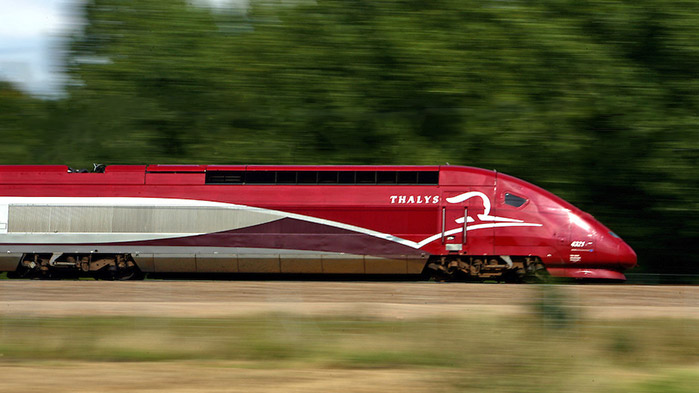Assalamualaikum my dear friends. This would be my last blog post for this module. In this blog post, I would briefly reflect how I felt for this module.
I have been a student at Singapore Institute of Technology for almost 3 months, and over the course of my stay I took was given the opportunity to take up a module named Effective Communication. I can proudly say that I have grown and learned more than I thought possible. Though I have taken similar modules previously, this module has taught something which other English modules did not teach me, communication. Communication is an important life skill that enables us to better understand and connect with the people around us. This module was made interesting and interactive through blogging and Q&A sessions.
Firstly, I would like to thank my tutor, Brad, who made this module interesting. I have always hated English subject/modules; however, my tutor would add some interesting ingredients in the module and make I interesting and fun. It was not some ordinary mundane English module where the students would need to listen to the lecturer talk about assignments and projects. I still remember on my first day of this module, where I had to walk to every student and answer few questions that I ask. See, in this way you are already improving your communication skills when you do not even realise it.
Back to the module, this module has given me a great opportunity to develop my oral communication skills. I have learnt how to write numerous essays, reflection and most importantly, reports. It has taught me how to find the right answers at the right place. Most importantly, I have learned how important literature and language is. Best example would be the summary and reader response assignment. The first 2 drafts were merely a summary of brief reader responses. Whereas the third and fourth drafts required more effort and research. In this way, it helped me to write a brief summary, thesis and a reader response. I am confident this would definitely help me in the future when writing summaries for reports or articles.
From the comments I receive from my peers and my tutor on my blog post, I realised that I have poor language and verbs skills. I tend to have long and unnecessary sentences which tend to have many verbs and grammar faults. I have also learnt how to write various styles of papers in different forms and fields. I aim to improve on these problems and refrain myself from committing the same mistakes again.
I was given the opportunity present in front of the whole module cohort. At first, I was very nervous as I have never presented in front of a big group of people. However, after reading online tips such as Garr Reynolds presentation tipsMonre persuasive speech. However, after reading it online, it boosted my confidence. After the presentation, I gained confidence in presenting in front of a big group of people. Though it was my first, I hope this experience would boost my confidence for my future presentations.
From the comments I receive from my peers and my tutor on my blog post, I realised that I have poor language and verbs skills. I tend to have long and unnecessary sentences which tend to have many verbs and grammar faults. I have also learnt how to write various styles of papers in different forms and fields. I aim to improve on these problems and refrain myself from committing the same mistakes again.
I was given the opportunity present in front of the whole module cohort. At first, I was very nervous as I have never presented in front of a big group of people. However, after reading online tips such as Garr Reynolds presentation tipsMonre persuasive speech. However, after reading it online, it boosted my confidence. After the presentation, I gained confidence in presenting in front of a big group of people. Though it was my first, I hope this experience would boost my confidence for my future presentations.
Lastly, as this module comes to an end, I would like to take this opportunity to thank my fellow classmates and my dear tutor, Brad, for making this Effective Communication module journey an enjoyable and fruitful journey. I look forward to putting these skills to use soon.
______________________________________________________________________________
Commented on Derrick, Ruzaini and Akmal blog post on 09 December 2016
______________________________________________________________________________
Commented on Derrick, Ruzaini and Akmal blog post on 09 December 2016
